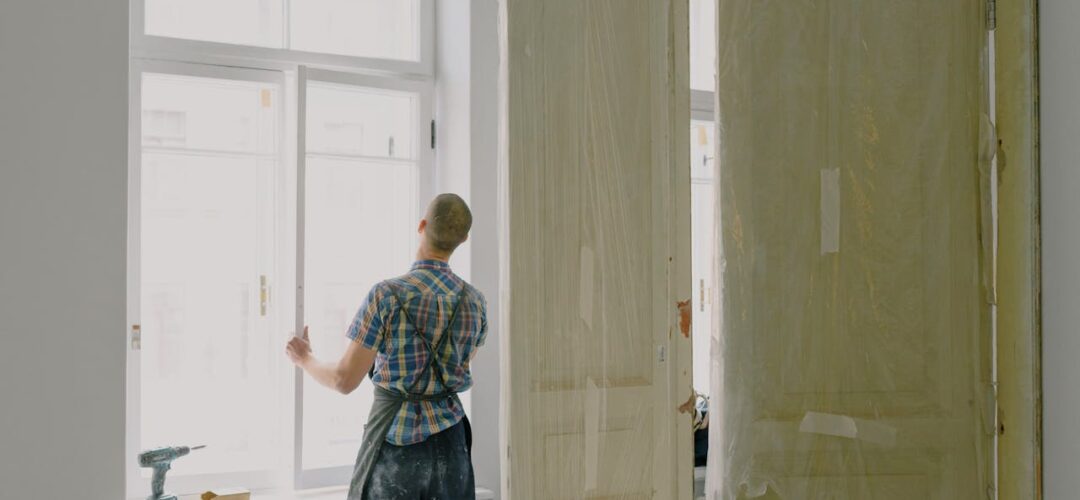Solar screens offer a range of benefits, from reducing heat gain to blocking harmful UV rays, making them a popular choice for homeowners seeking energy-efficient window solutions. But how exactly are these innovative screens installed?
Step 1 – Measurement and Assessment
- The installation process begins with precise measurement and assessment of the windows where the solar screens will be installed. This ensures that the screens fit accurately and effectively cover the windows to maximize their benefits.
Step 2 – Preparation
- Before installation, the window frames are thoroughly cleaned and prepped to ensure proper adhesion of the solar screens. Any debris or dirt is removed to create a clean surface for installation.
Step 3 – Frame Attachment
- Solar screens are typically mounted onto frames that are attached to the exterior of the window frames. These frames may be made of aluminum or another durable material to provide structural support for the screens.
Step 4 – Screen Installation
- Once the frames are securely attached to the window frames, the solar screens are installed onto the frames. The screens are stretched tightly across the frames to minimize sagging and ensure a smooth appearance.
Step 5 – Securing the Screens
- After the screens are in place, they are secured to the frames using clips or other fastening mechanisms. This helps to keep the screens firmly in position and prevents them from being dislodged by wind or other external factors.
Step 6 – Final Inspection
- Once installation is complete, a final inspection is conducted to ensure that the solar screens are properly installed and securely attached to the window frames. Any adjustments or touch-ups may be made as needed to ensure a flawless finish.
The installation of solar screens involves precise measurement, careful preparation, and meticulous attention to detail. By following the step-by-step process outlined above, homeowners can enjoy the many benefits of solar screens, including reduced energy costs, increased comfort, and enhanced privacy.






